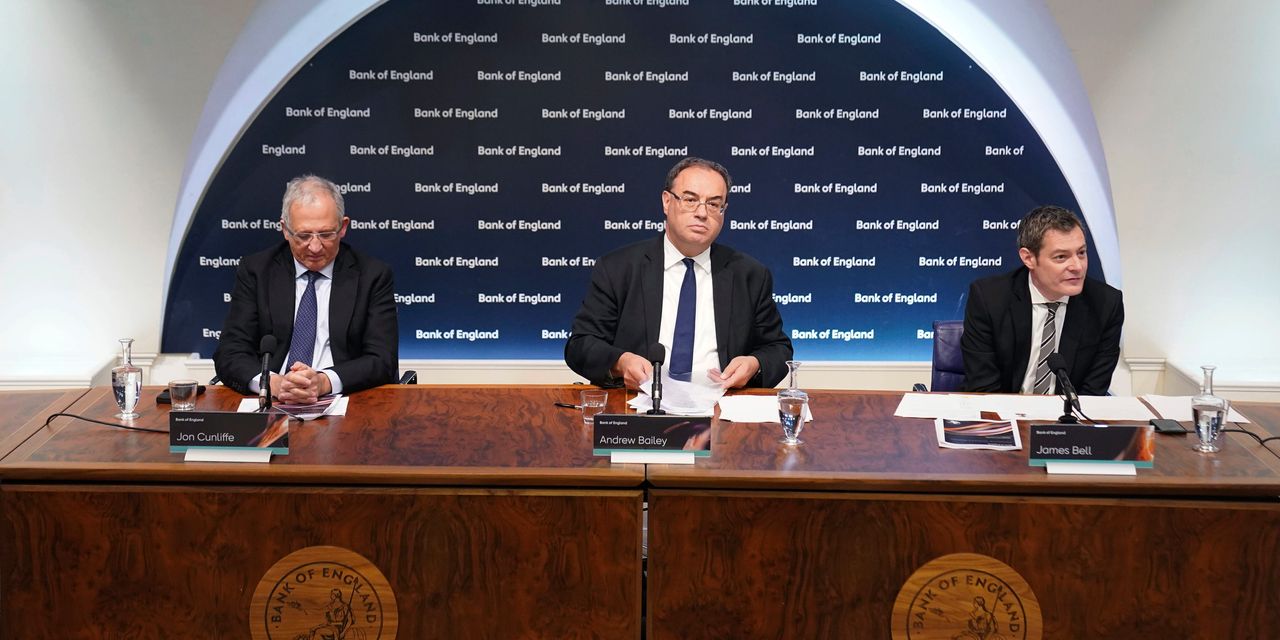A top Bank of England official confirmed for the first time that worries that a popular pension fund investment would collapse prompted the intervention by the central bank to buy bonds at a time when it was planning to sell them.
Jon Cunliffe, deputy governor for financial stability, said in a letter to the Treasury Select Committee that worries around what’s called liability-driven investment is what drove the bank to act.
“Had the Bank not intervened on Wednesday 28 September, a large number of pooled LDI funds would have been left with negative net asset value and would have faced shortfalls in the collateral posted to banking counterparties. [Defined benefit] pension fund investments in those pooled LDI funds would be worth zero,” said Cunliffe.
If LDI funds defaulted, then the collateral — gilts — would’ve been needed to be sold, creating something of a death spiral for U.K. government bonds.
“This would have resulted in even more severely disrupted core gilt market functioning, which in turn may have led to an excessive and sudden tightening of financing conditions for the real economy,” said Cunliffe.
The idea behind the LDI strategy is to match long-term liabilities with assets, and it was done through what amounted to leveraged bets on U.K. bonds — prompted, according to the industry, by the regulator. According to Cunliffe, there’s over £1 trillion ($1.1 trillion) in LDI strategies, managed by the likes of BlackRock
BLK,
Cunliffe said the bank first fielded concerns on the Friday that U.K. Chancellor Kwasi Kwarteng delivered the mini budget that spooked the market, when the British pound
GBPUSD,
fell 4% vs. the U.S. dollar and by 2% against the euro. Long-term gilt yields rose 30 basis points that day.
On the Monday, gilt yields continued to surge while liquidity remained poor. Cunliffe’s letter said there was a risk of at least £50 billion of gilt sales in a short space of time, compared to typical trading volumes of around £12 billion per day.
On Tuesday morning, gilt yields fell, but then reversed as the day went along.
“The Bank was informed by a number of LDI fund managers that, at the prevailing yields, multiple LDI funds were likely to fall into negative net asset value. As a result, it was likely that these funds would have to begin the process of winding up the following morning,” the letter states.
By Tuesday night, staff were working with Treasury to design an intervention, which was finally announced on Wednesday morning, around 11 a.m. local time.
Cunliffe said the issue of leverage from LDI funds had been considered by the central bank before the turmoil. But it said the repricing ahead of the bailout “far exceeded historical moves.”
The Bank of England is sticking with its plan to wind down the buying on Oct. 14. So far, it’s bought £3.7 billion in bonds — of maturities 20 years and higher — out of the £10.4 billion offered. The purchases will be unwound “once risks to market functioning are judged by the Bank to have subsided.” And it’s still planning to resume gilt sales on Oct. 31.
The yield on the 10-year gilt
TMBMKGB-10Y,
rose 12 basis points to 4.15% on Thursday, though that’s below last month’s peak of 4.61%.
The yield on the 30-year gilt
TMBMKGB-30Y,
rose 11 basis points to 4.31%, though that’s below the peak of 5.17%.
